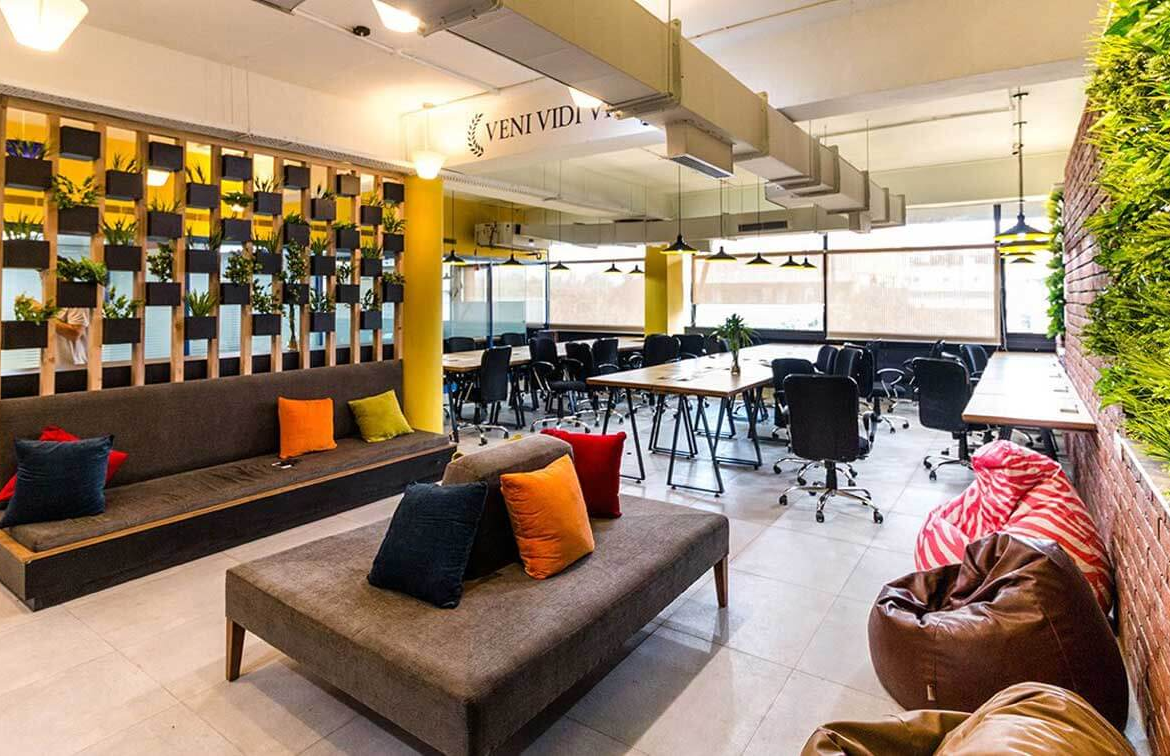In the dynamic landscape of modern work culture, the concept of traditional office setups has evolved significantly. With the rise of remote work and flexible arrangements, embracing the open workstation environment has become pivotal for professionals and businesses alike. Transitioning from cubicles to open workspaces fosters collaboration, creativity, and productivity. Let’s explore how you can thrive in this adaptable setting.

Introduction to Open Workstation Environment:
Gone are the days of isolated cubicles and closed-off offices. An open workstation environment encourages interaction and teamwork among employees. It breaks down hierarchical barriers, allowing for more fluid communication and idea exchange. Whether you’re a freelancer, entrepreneur, or part of a corporate team, this setup offers numerous benefits.
Enhanced Collaboration: One of the primary advantages of an open workstation environment is the facilitation of collaboration. With fewer physical barriers, team members can easily approach each other for discussions, feedback, or impromptu brainstorming sessions. This fluid exchange of ideas often leads to innovative solutions and a stronger sense of camaraderie among colleagues.
Promoting Creativity: Creativity thrives in environments that stimulate the mind and encourage exploration. Open workspaces provide the freedom and inspiration necessary for creative endeavors. The dynamic energy of shared spaces can spark new ideas and perspectives, fostering a culture of innovation within your workspace.
Flexibility in Workstyles: Flexibility lies at the heart of open workstation environments. Employees have the liberty to choose their work setups based on their preferences and tasks at hand. Whether they need a quiet corner for focused work or a communal area for collaboration, the flexibility of the open workspace accommodates diverse workstyles seamlessly.
Boosting Productivity: Contrary to conventional beliefs, open workspaces can significantly enhance productivity when designed thoughtfully. By eliminating physical barriers and encouraging interaction, employees feel more engaged and motivated. Additionally, the accessibility of resources and colleagues expedites problem-solving processes, leading to increased efficiency.
Creating a Positive Work Culture: The atmosphere of an open workstation environment fosters a positive work culture rooted in transparency, trust, and teamwork. When employees feel connected to their peers and the organizational ethos, they are more likely to exhibit higher levels of job satisfaction and commitment.
Overcoming Challenges: While the benefits of open workspaces are undeniable, they also pose unique challenges that require careful management. Distractions, noise levels, and privacy concerns can arise if not addressed effectively. Employers should implement strategies such as designated quiet zones, soundproofing solutions, and flexible work hours to mitigate these challenges.

Conclusion:
Embracing the open workstation environment is essential for staying relevant in today’s rapidly evolving work landscape. By fostering collaboration, promoting creativity, and prioritizing flexibility, businesses and professionals can thrive in this dynamic setting. With the right approach and adaptation, the open workspace becomes a catalyst for innovation and growth.

